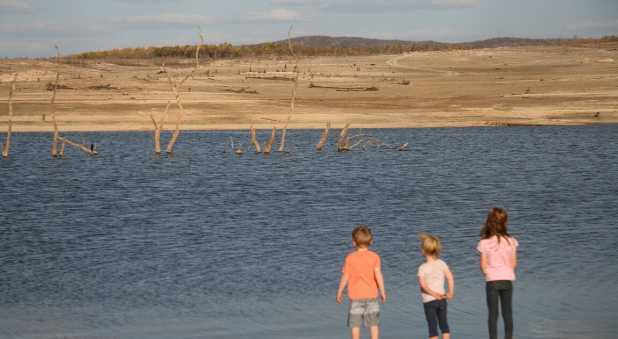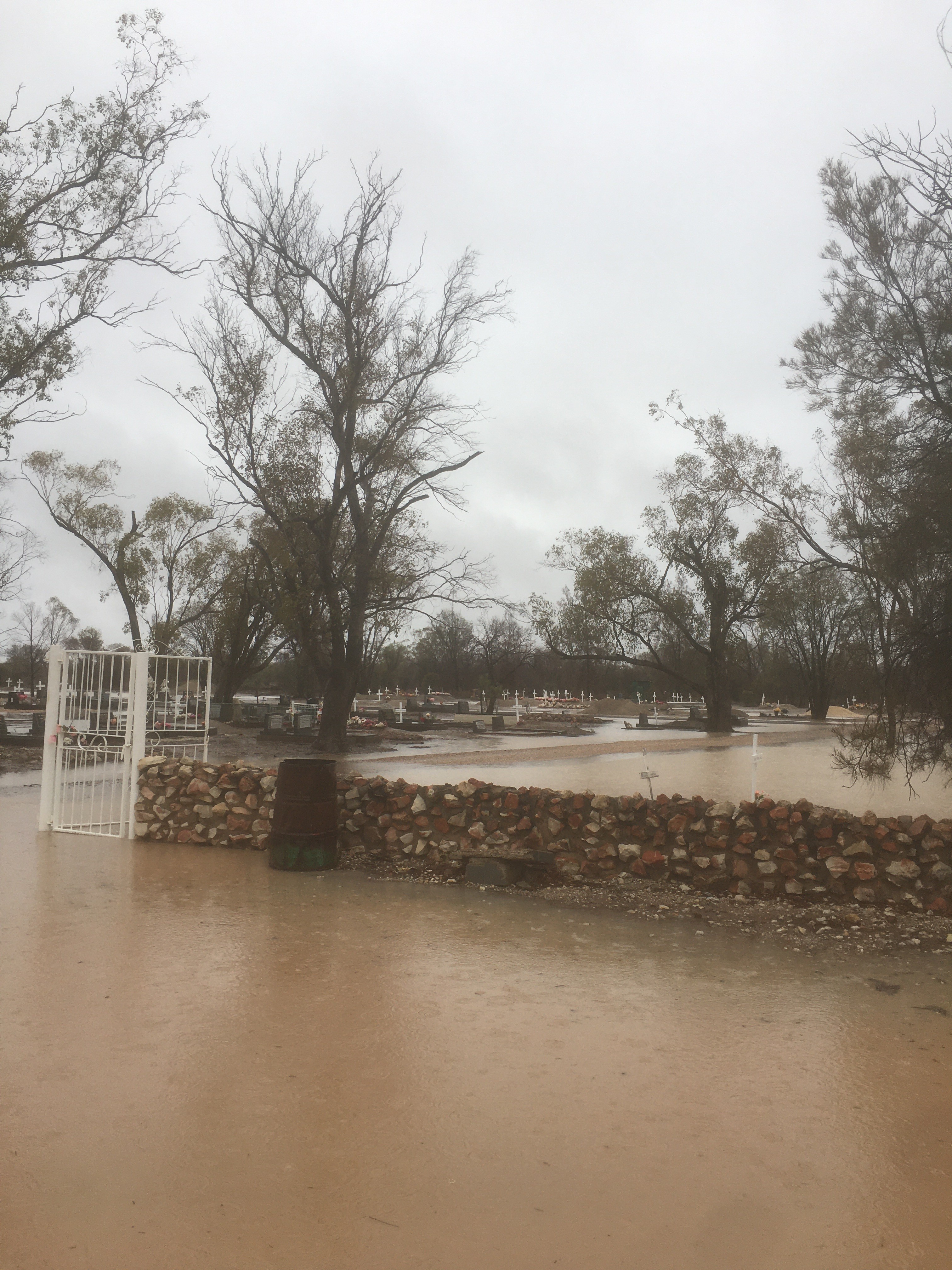Plants are blooming, most of our dams are full, and everywhere in greater Sydney and throughout the Diocese people are breathing a sigh of relief. The drought is finally over… except that it’s not.
Let me clarify: it’s over for us. But it most certainly isn’t over for the vast bulk of NSW. In fact, according to the NSW Department of Primary Industries, almost 99 per cent of NSW is still in drought.
Only 1.1 percent of the state is now regarded as 'non-drought'
Only 1.1 per cent of the state is now regarded as “non-drought”, and that is the greater Sydney area and a pocket of the north coast around Coffs Harbour. The rest of NSW is in one of three drought categories. Happily, the proportion experiencing intense drought has dropped dramatically since January, but there’s a long road ahead.
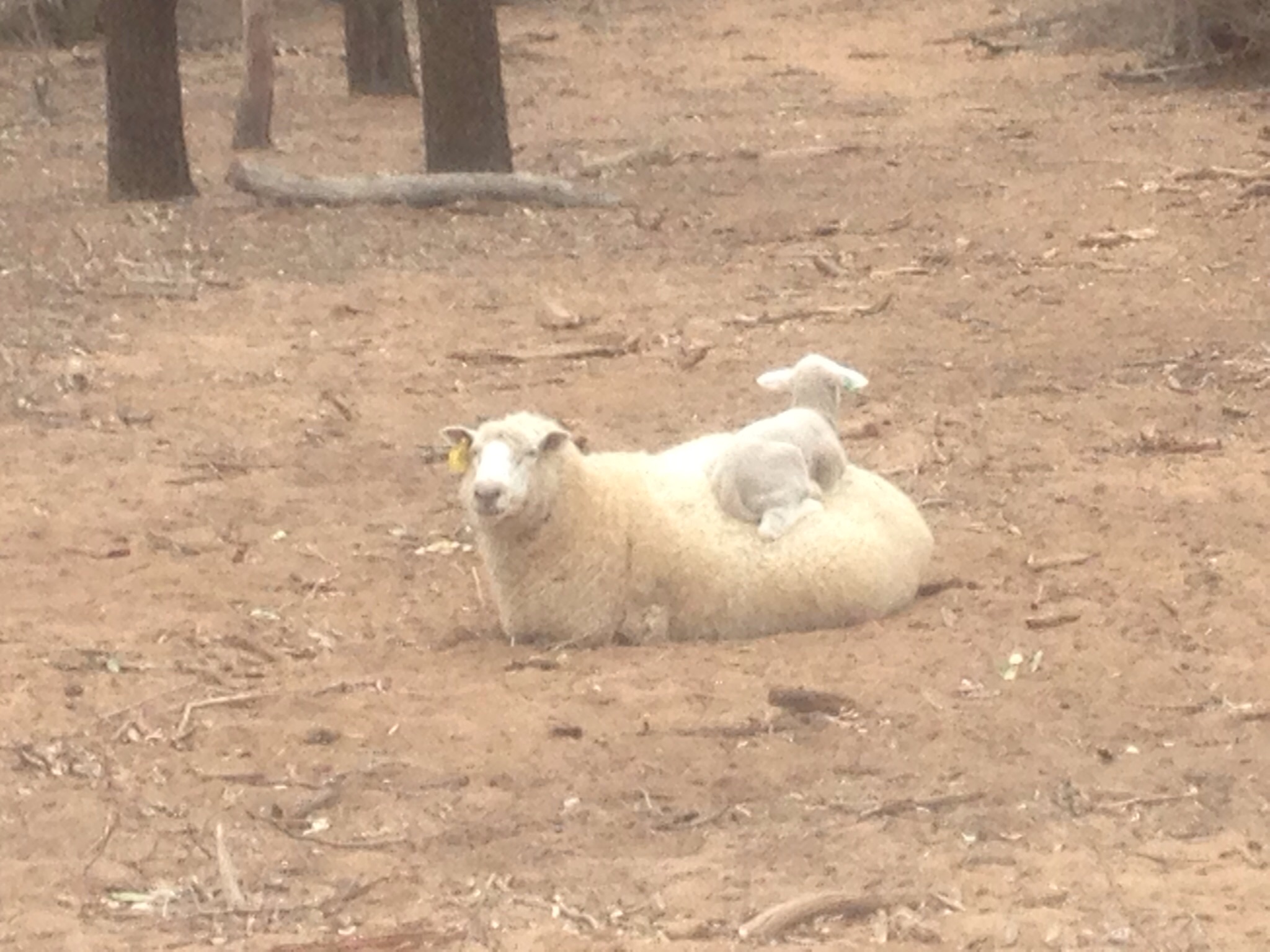
“We’re very thankful for the rain we’ve had,” says the rector of Gilgandra and Archdeacon of The North West region of the Bathurst Diocese, the Ven Grahame Yager. “As you drive around, a lot of the places are very green. It’s almost as if you can see the grass growing. It’s absolutely amazing.
“The rain has finally stopped the dust storms in Gilgandra. We’d been getting them every other week… Now we have to find a way to restock and plant and hold the community together until [local] income starts to flow again.
"We have to find a way to restock...and hold the community together"
“There’s also the hit and miss nature of the rain. I ran into a young mum who also works part-time and I said, ‘How did you go?’ – which of course meant, ‘How did you go with the rain?’ – and she just visibly shrank and said, ‘No, we missed out’. There’s been some really nice rain, the best rain we’ve had in years, and there are still people who miss out.”
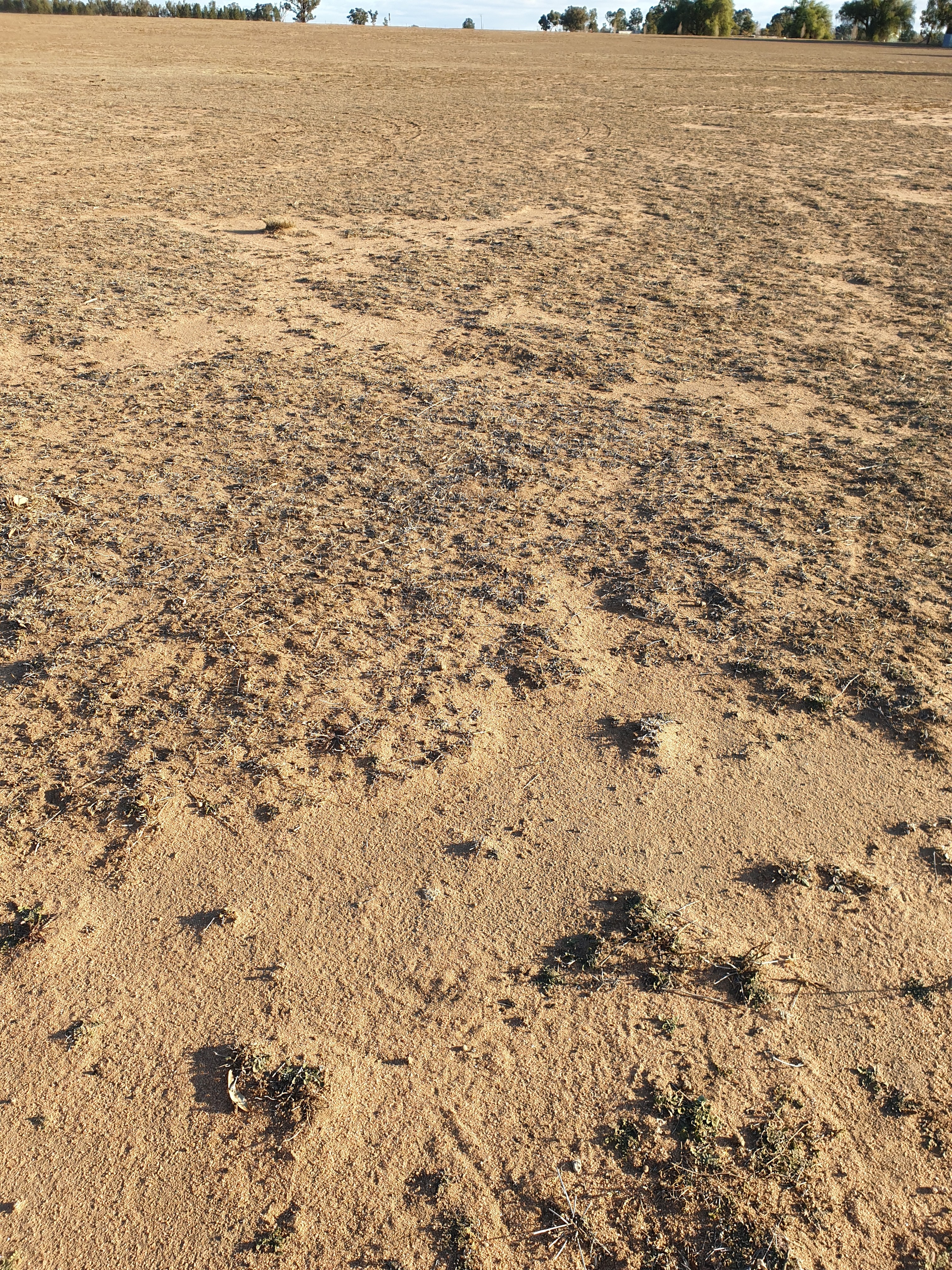
Heavy, soaking rains across the Warragamba catchment last month mean that the water storage for greater Sydney reached 80.9 per cent by February 18 – almost double the level it was before the big wet started. But if you look at the levels of dams and major water storage systems across the state, even where there has been rain, about a third are at under 20 per cent capacity. Five are under 7 per cent: but that’s an improvement.
Thankfulness, but rain still needed
Whoever you talk to from parishes across the parts of NSW that are still drought-affected, the response is the same: tremendous gratitude to God for the rain, hope in the hearts of locals, rivers flowing – sometimes flooding – for the first time in years, but a need for more rain, and soon.
“The drought doesn’t end the day the rain starts,” says the rector of Lightning Ridge, the Rev Kurt Langmead. “God’s heard those prayers of lots of people and it’s not a small thing to have a couple of inches of rain… but it takes more than a couple of heavy falls to refill groundwater levels that are so depleted. If it’s not getting down deep, you’re not going to have water to draw upon in the growing season ahead, so you get shallow roots and a very short life for any seed that comes up. All you need is hot weather, or a dust storm, and they just blow away.
“For an area with an annual rainfall of 600-700mm, if you just have 70-80mm, it’s great and it will fill the water tanks off people’s roofs… but it doesn’t break the drought. Especially when people are sometimes hundreds of thousands or millions of dollars in debt from hand feeding.”
The rector of Narrabri, the Ven Dr Bernard Gabbott, says that in his area the rain will allow many farmers to plant a winter crop and prepare for the short-term future. Yet a local farmer who has had 250mm in recent weeks explained to him that they would need “several crops in a row for there to be any break”.
“There is a noticeable lift in spirits in the town and district, but there remain some significant obstacles,” he says. “First, the continued need for consistent rain is important, over a longer period of time, to allow for consistent farming.
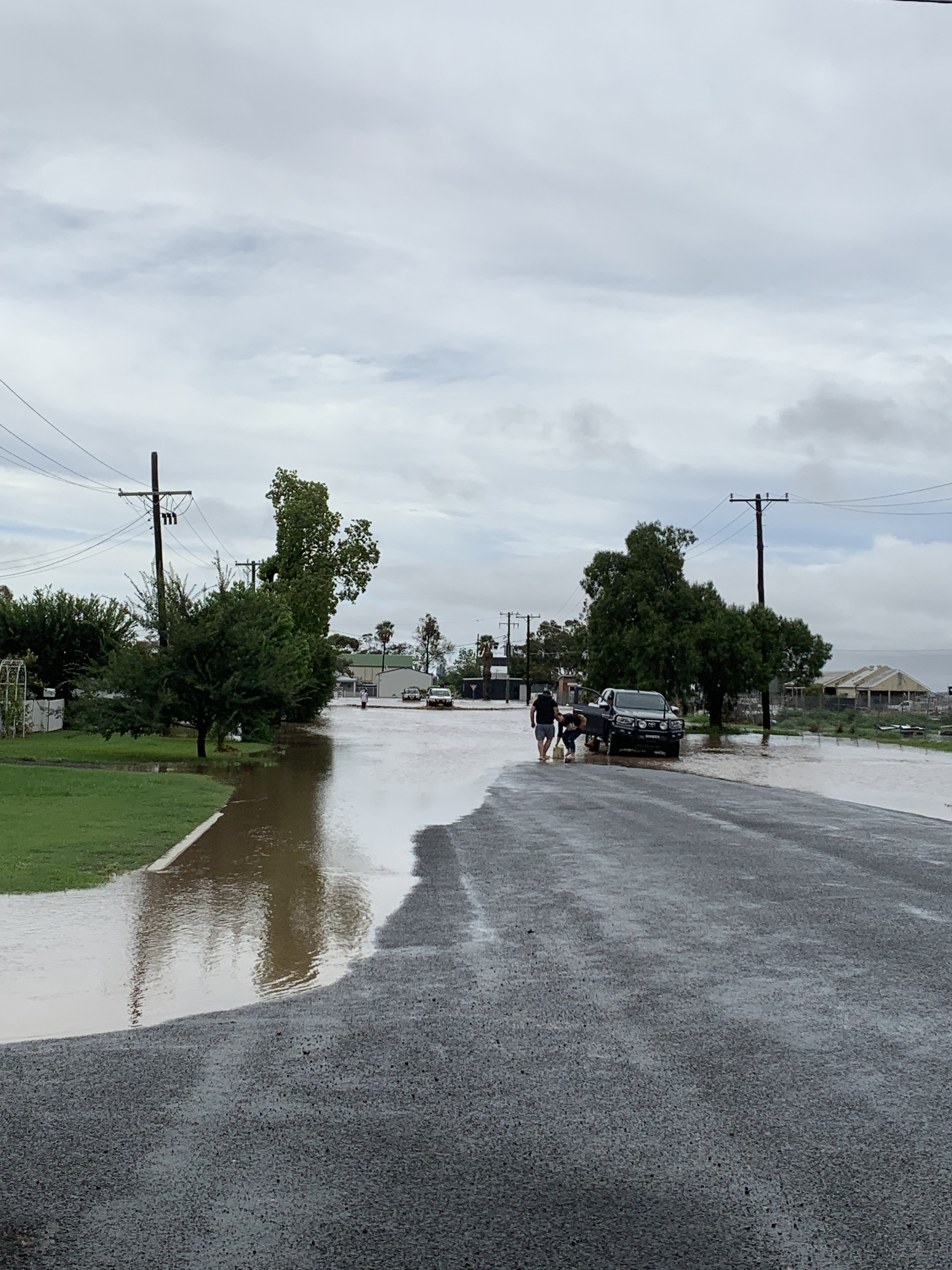
“Second, the availability of resources now is important, such as seed for planting and cattle for restocking – and the prices of livestock are rocketing! Third, the loss of a labour force will be significant going forward as, too, the continued impact on the local town economy. There will be a lag of 18 months to two years for businesses before money will move into the local towns.”
A spokesman for the DPI says that despite some excellent rainfall in many areas of the state,
“large areas of the Riverina, Western and Central NSW have not received enough rain to start drought recovery as there has been little improvement to soil moisture levels.
“Producers and communities in these areas continue to manage drought and widespread falls of consistent rain will be needed to support a state-wide recovery.”
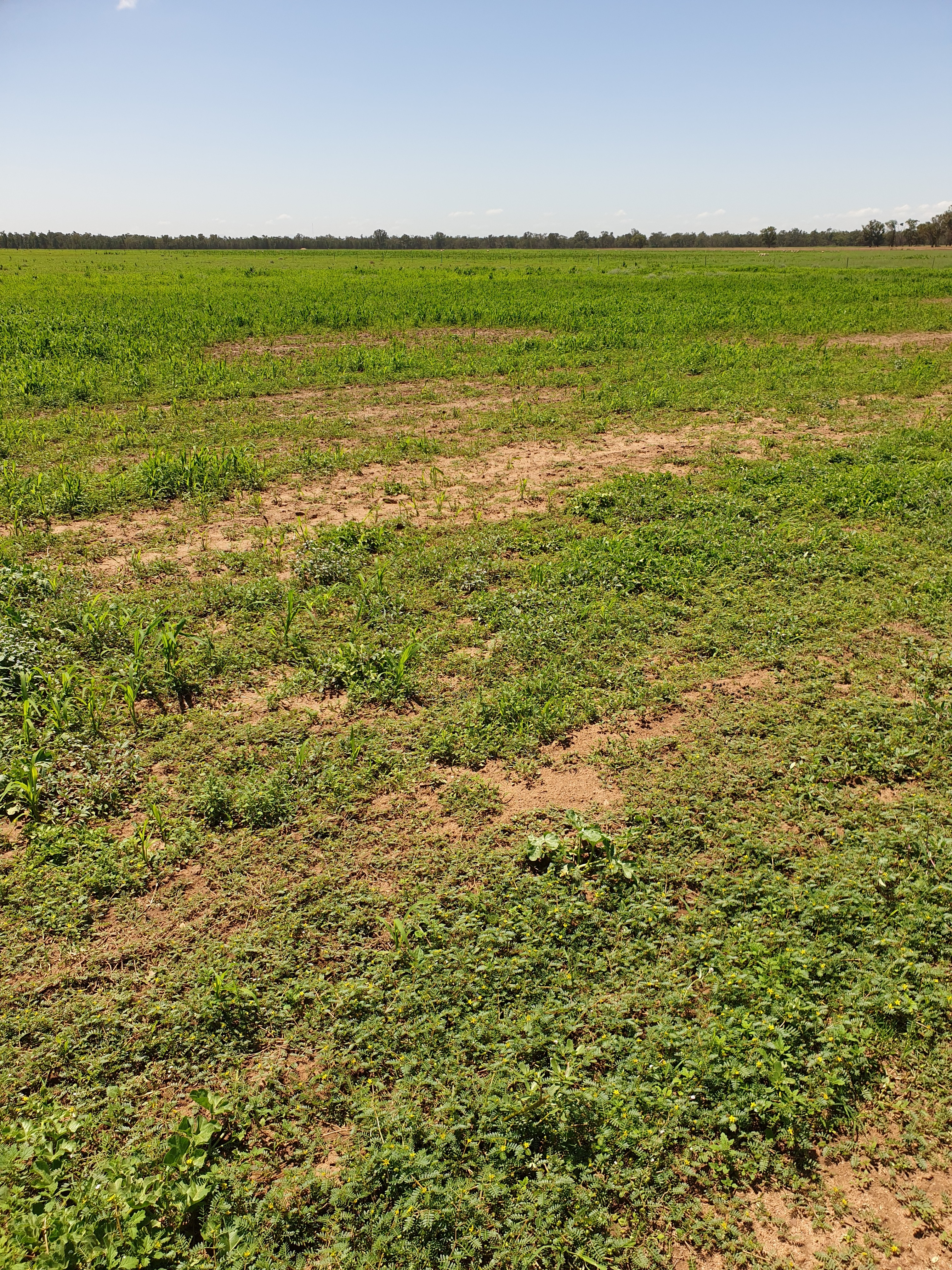
Post-bushfire care
Support for communities and individuals affected by the NSW bushfires continues to be sent out from the Sydney Diocese.
Anglican Aid has sent a total of $24,250 to the parishes of Wollondilly, Kurrajong-North Richmond and Kangaroo Valley, which has provided everything from food and gift cards to funds for families who have lost homes or businesses.
The Diocese of Canberra-Goulburn has been given $75,000 to distribute to badly impacted parishes across its region. Another $21,000 was provided to two Anglican schools to give to the 21 families of students whose homes were destroyed. The diocese will also receive more funds to help it provide long-term emotional recovery and support.
In addition, payments totalling $66,000 have been made to Anglican parishes (and one Baptist church) in the Grafton Diocese for a range of post-bushfire needs – with some families, for example, living in tents on their land after losing their homes. The Armidale Diocese was sent $20,000 for the communities of Guyra and Tenterfield, while Kootingal-Moonbi parish was provided $5000 to give to a Rural Fire Service volunteer who lost his livelihood while out fighting the fires.

